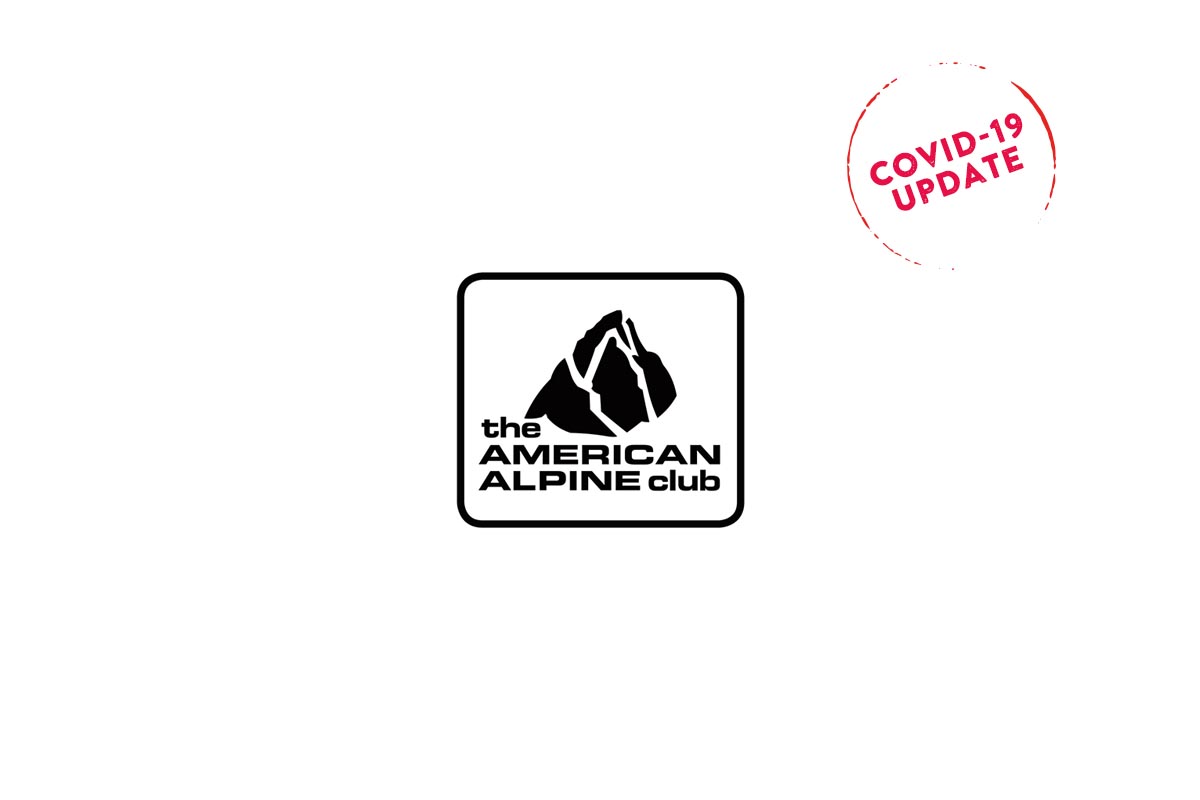On 1 May, the American Alpine Club (AAC) published some guiding principles for climbing in the Covid era (see below).
Climbers across the country have set personal needs aside, cleared the crag out of concern for their community, and taken precautions to help “flatten the curve.”
Thank you.
With the easing of shelter-in-place policies across the country, restrictions on access to crags are beginning to change. Deciding whether it’s appropriate to head back out to your local crag will be an important and localized decision. To help, we want to offer the following Guiding Principles on when and how to re-rack for the next pitch.
Guiding Principles:
- Be respectful of rural gateway communities, and avoid traveling to these areas.
- Follow federal, state, county, and city health emergency guidelines and recommendations.
- Recreate close to home, don’t travel to climb.
- Take cues from your local land managers and climbing organizations.
- Keep your outdoor objectives conservative. Climbing accidents will place further stress on first responders, search and rescue teams, and hospital staff.
- Be kind, respectful, and patient with one another during this time. We all want to feel safe spending time outside; let’s work together to create an environment that allows this.
Should I go climbing?
If you feel confident that you can safely climb in your area, keep the following questions in mind before heading to the crag.
Do I feel sick or have reason to believe I’ve recently been exposed to COVID-19?
Do not go climbing if you are feeling sick!
You may be a carrier of COVID-19 without experiencing symptoms—be sure to make decisions based on the most vulnerable members of our community.
Who should I climb with?
Climb with people from your own home. If you can’t do this, consider climbing with just one partner.
Where should I climb?
Individual counties may adopt more protective standards than others—check local regulations before deciding where to travel.
Comply with all local climbing organization and land management guidelines.
Restrict your travel and climb close to home. Avoid going to vulnerable rural or gateway communities.
What should I do if I choose a crag close to home, and when I arrive, it’s packed with people?
Have a plan B, or even plan C. If you get to the crag, and it’s too crowded to maintain social distancing guidelines, head to another spot.
Consider the conditions of your approach—is it vulnerable to erosion or damage if you have to leave the trail to maintain six feet of distance?
What can I do when I get to the crag to protect myself, my partner, and others?
- Keep your outdoor objectives conservative.
- Practice frequent hand sanitation before, during, and after a session.
- Treat the rock and gear as you would surfaces in town.
- Wear a mask when near others.
- Avoid putting climbing gear in your mouth—your rope as you pull slack to clip, for example.
How else can I help?
Not everyone will be able to return to climbing at the same time. If you are lucky enough to have the opportunity to safely climb in your area, be considerate of those who can’t.
Continue to practice Leave No Trace principles.
If you’re financially able to, support your local climbing organization.
Thank you for continuing to lead with responsible decision-making in your local climbing community.



